Throughout human history, gold has been regarded as a symbol of wealth and power. In modern times, gold is prized and widely used. According to statistics, the average annual gold-mining volume in the world has been 3,000 tons since 2010, of which 50 to 60 percent is used for making jewelry; 30 to 40 percent is for financial investment; and 10 percent is used in industrial and high-tech fields. However, many people are unaware that the gold-mining industry jeopardizes the planet’s natural resources.
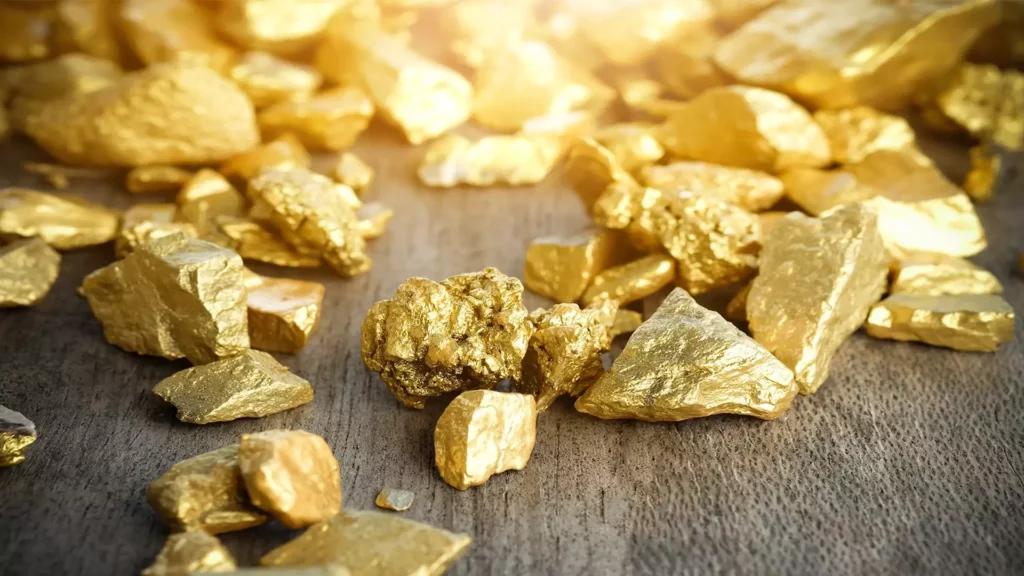
Geological disasters caused by gold mining
Gold deposits can be divided into rock-gold deposits and placer-gold deposits according to their storage status. Rock gold refers to the gold element hidden in various rock cracks, of which quartz vein is the most abundant. Placer gold is rock gold on the subsurface, which is deposited after weathering and water scouring. It is akin to fine sand and is mostly hidden in the sediments accumulated in unstable slopes, seas and rivers. Mining of rock-gold deposits and placer-gold deposits causes serious damage to the terrain and landform.
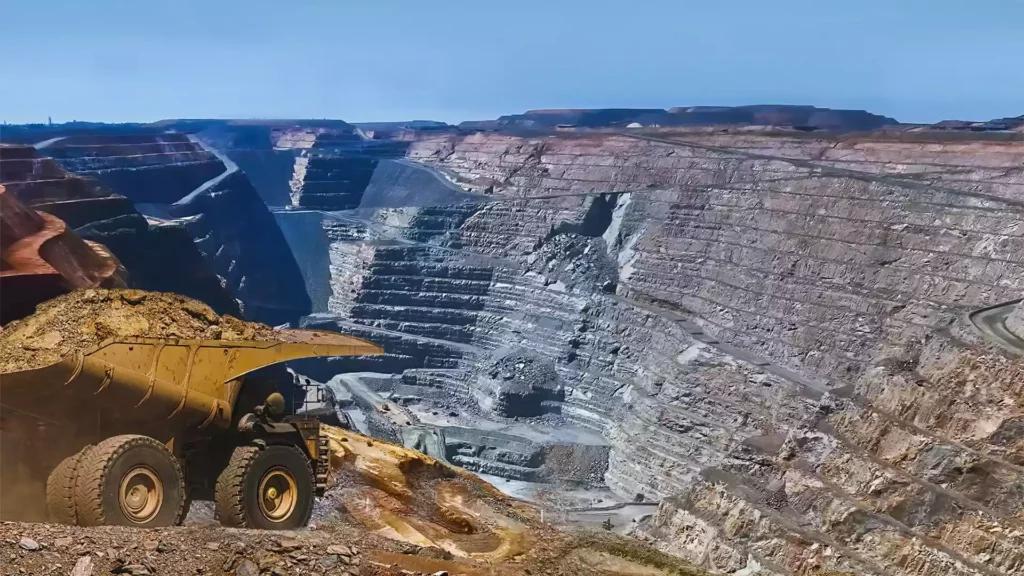
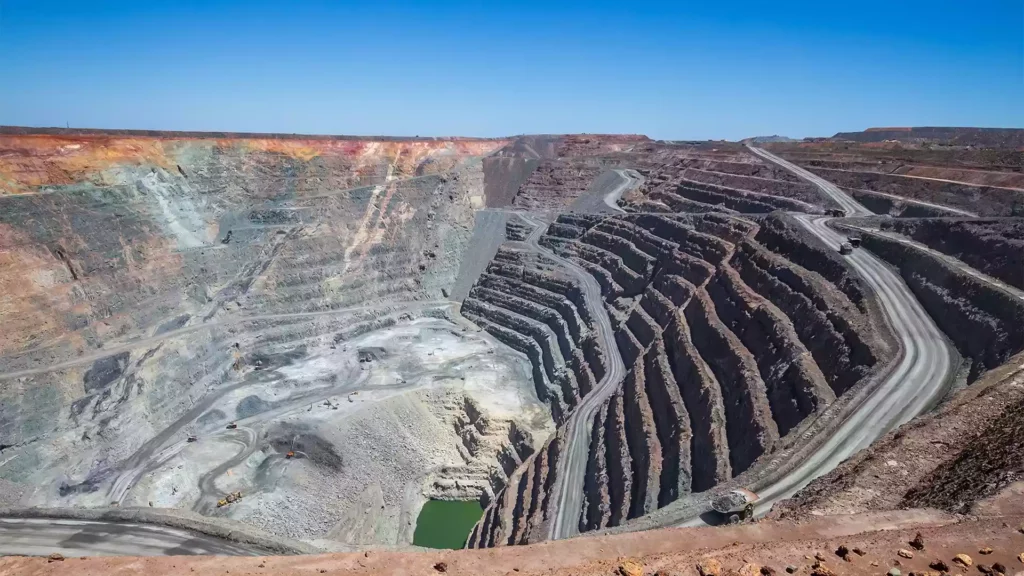
The mining of rock gold is mainly divided into open-pit mining and underground mining. The damage to the surface soil layer and vegetation caused by open-pit mining is direct and destructive, and a large amount of land will lose productivity. Underground mining may cause a large area of land collapse, forming a subsidence basin larger than the mining area. The collapse and tensile deformation of the surface will produce cracks and ground tilt, resulting in geological disasters such as soil and water loss and landslide. In addition, digging holes in the mountains to look for gold veins may cause cracks and lead to large-scale landslides. Moreover, most of the waste rocks produced by mining contain heavy metals such as mercury, arsenic, lead, and zinc. When the waste rocks are weathered or eroded by rain, these heavy metals are released, causing serious pollution of the environment.
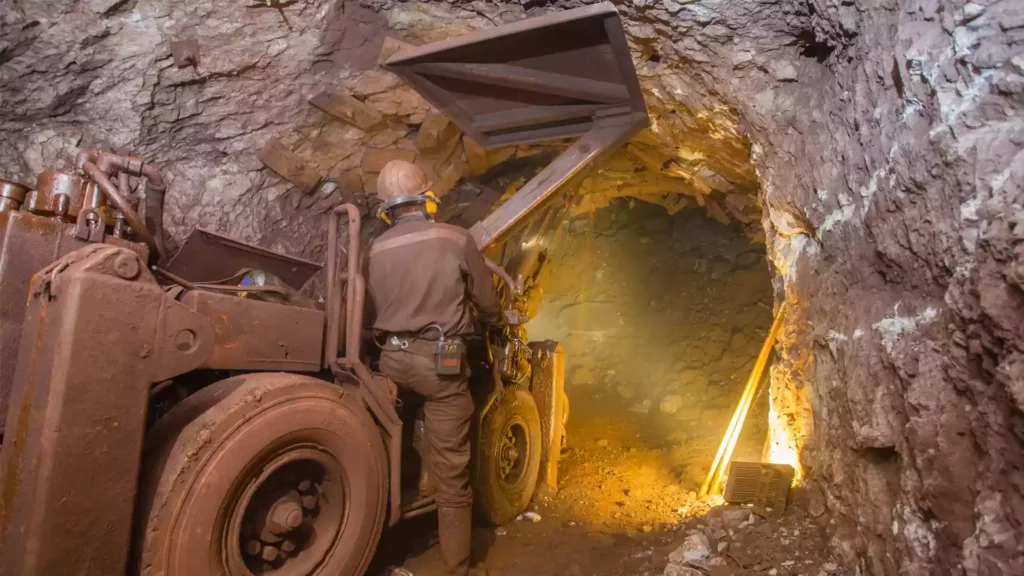
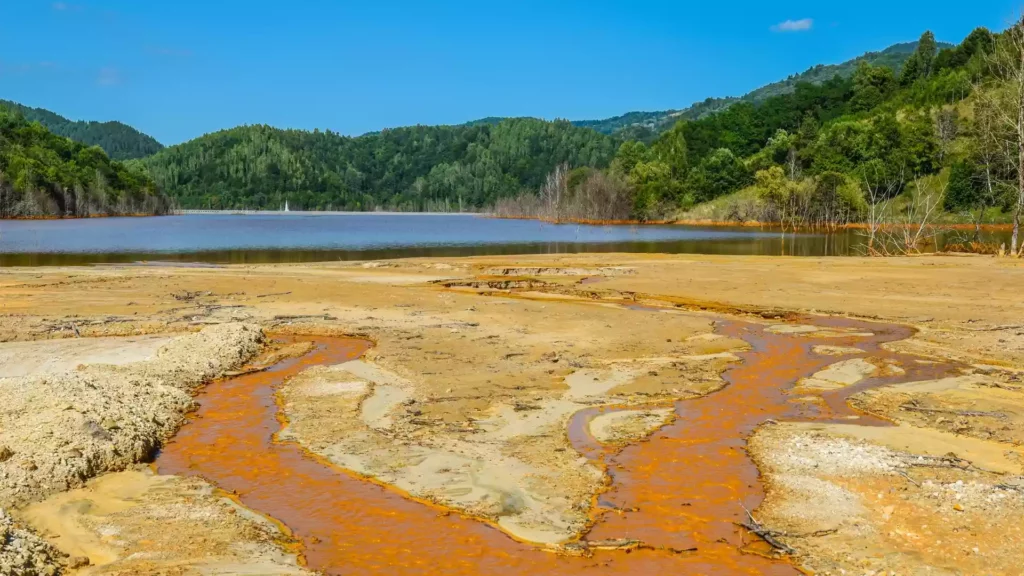
Placer-gold deposits are mostly located in rivers. The mining process not only destroys the farmland and grassland in the mining area, but also causes soil erosion, mountain collapse and landslides, due to the destruction of the stability of riverbed and land structure. The waste rocks accumulated in the mining process will block the river, resulting in rising water levels and river diversion. It will lead to serious disasters in the flood season. For example, in a mining area in Guangxi Province, China, the river channel was blocked due to the mining of gold, and the riverbed was raised by nearly two meters. The nearby village was submerged, and several hectares of farmland were destroyed by flash flooding.
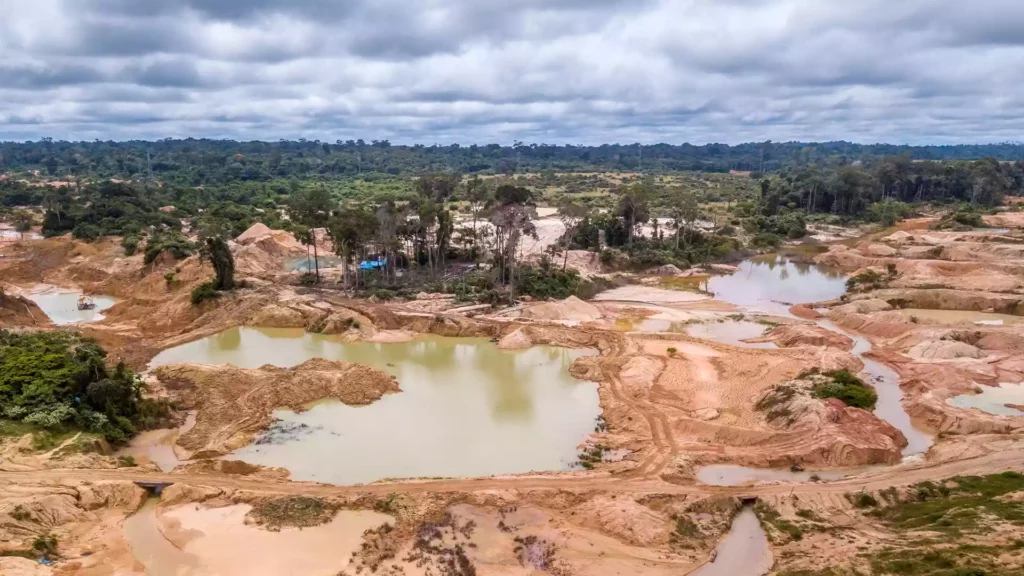
Use and discharge of cyanide
Gold mining destroys the landform, and the process of gold smelting is a source of serious chemical pollution. Large mines often use sodium cyanide and potassium cyanide to dissolve the gold in the deposits. Therefore, gold particles dispersed in the deposits can be extracted. Cyanide is a highly toxic substance which is known as “the king of poisons.” It is calculated that every time a gold ring is made, 20 tons of wastewater containing cyanide and other toxic heavy metals will be produced. Due to poor management, mines in some developing countries discharge gold-smelting wastewater directly into rivers or oceans, jeopardizing water quality and marine life.
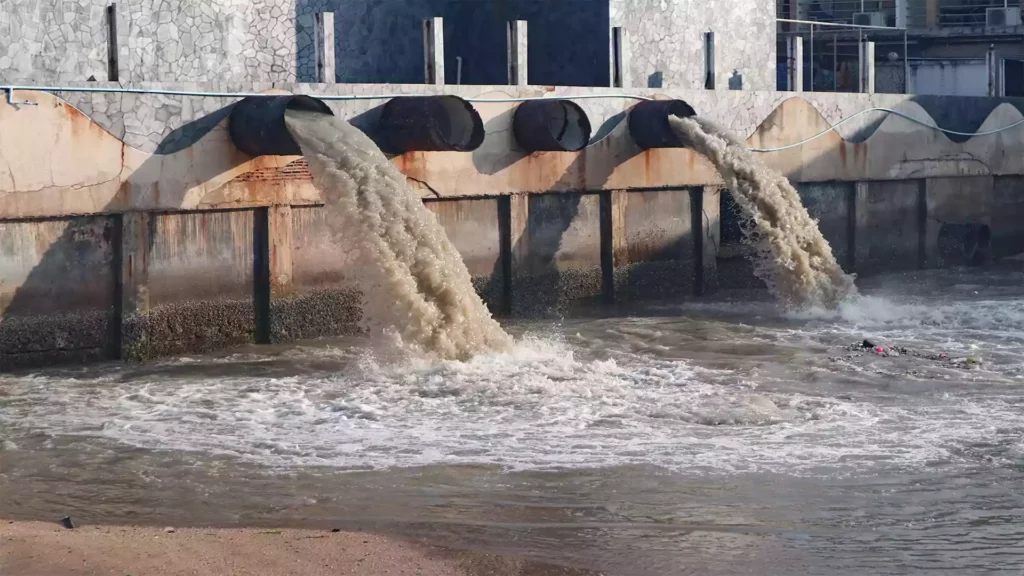
Many mines build dams to contain wastewater with the aim of avoiding direct pollution. However, dams do not fully solve the pollution problem. Toxic wastewater can still infiltrate soil and groundwater. There may be catastrophic leakage due to improper practices. For example, in 2014, the leakage of gold-mine and copper-mine wastewater led to the direct discharge of 25 million cubic meters of sodium cyanide sewage into the inland waters of British Columbia, Canada, causing huge damage to the ecological environment.
Wastewater leakage is not infrequent. According to statistics, there are about 3,500 dams containing mine wastewater worldwide, and large-scale leakage events occur, on average, one to two times a year.
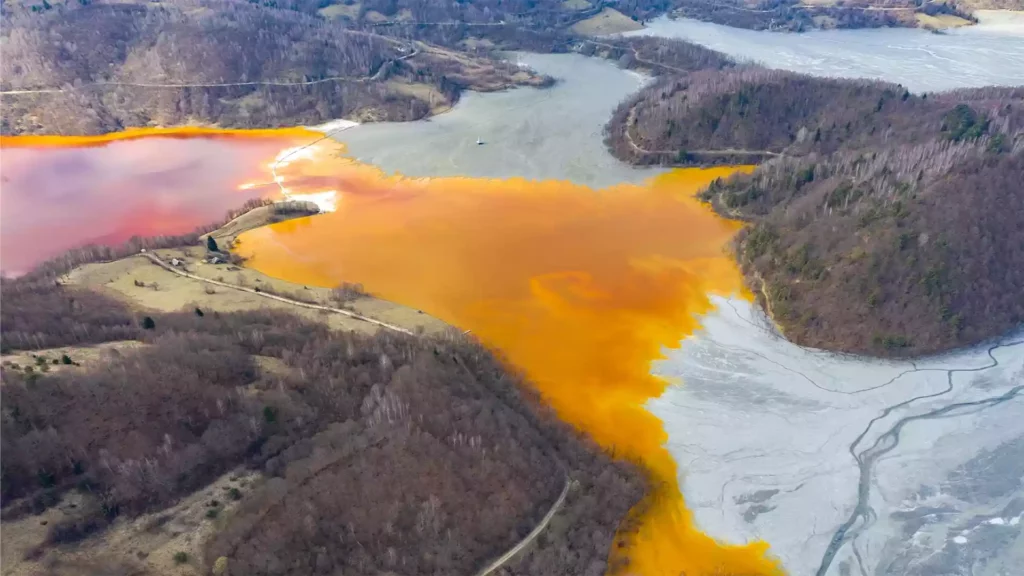
Mercury pollution in gold smelting
Rather than the cyanide used in large mines, mercury is often used to extract gold in manual and small-scale mines. With the soaring price of gold in recent decades, using mercury to extract gold has become the main means of survival for millions of impoverished people worldwide, who contribute nearly 20 percent of the world’s gold production.
The result is significant mercury pollution. Manual and small-scale mines create up to 1,000 tons of mercury pollution every year. Mines are the world’s major source of mercury pollution, their toxic output even higher than the mercury emission from coal-fired power plants. Mercury is a highly toxic heavy metal which can cause significant damage to the human brain, nervous system and kidneys. For example, in 1956, the mercury-pollution incident in Minamata Bay, Japan, led to thousands of people suffering from severe hand and foot paralysis, movement disorders, hearing and language impairment, neurological disorders, physical deformity, and even death.
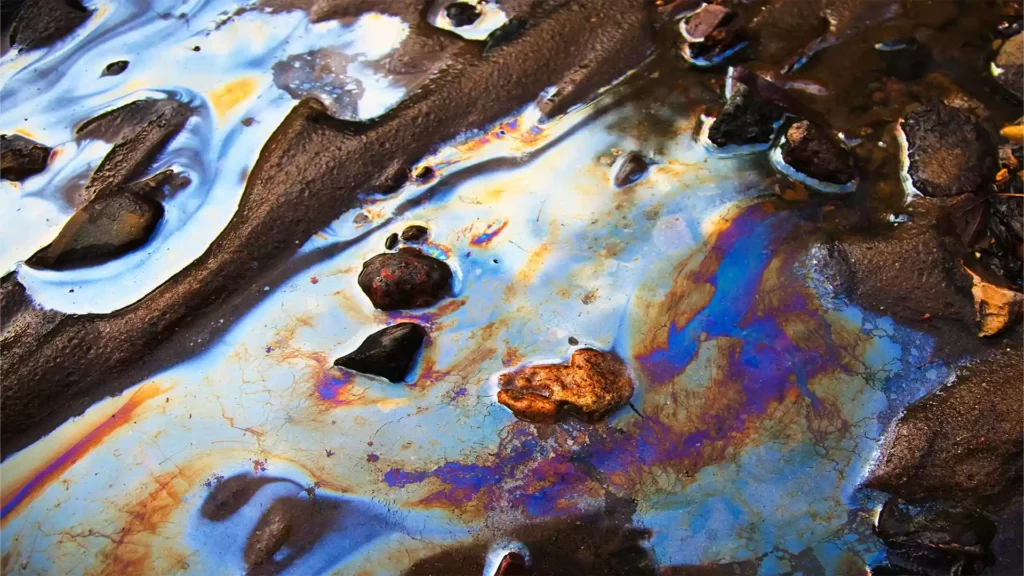
Mercury accumulates in aquatic organisms and animals and cannot be discharged. Eventually, mercury will toxify all sorts of wild animals as well as humans who eat seafood such as fish and shrimp. Much of the mercury pollution in the United States, for example, is caused by imported seafood and other foods, not local emissions.

Wake-up call
The serious damage done to the landform and the toxic substances created by gold mining and smelting have caused irreversible harm to the environment, which is a fact for modern large-scale mines and more primitive manual and small-scale mines. As consumers, we rarely have a chance to get the lowdown on the toxic cost behind glittering gold. It is imperative that the world implement solutions and cleanup efforts now, before it is too late.